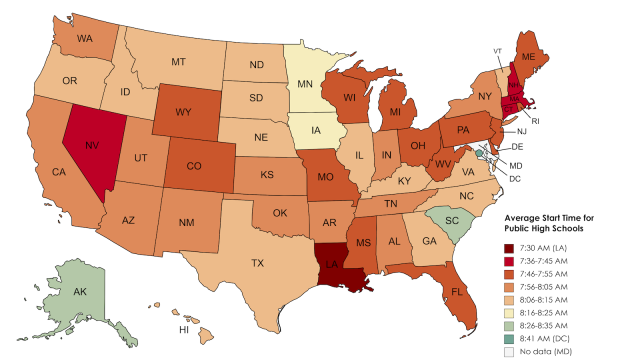Gray zone: when is it best not to save a life?

Photo by Andreas Wohlfahrt from Pexels
- A new paper examines the various ways premature babies are given life-saving care when their viability is in doubt.
- The authors propose a new system to help parents and hospitals make life-or-death decisions.
- The ethical or moral choice is not always obvious.
Modern medicine has worked miracles unimaginable even a few generations ago. Where it has not managed to create universal cures, it has often given those previously condemned to death a chance at life.
It has not, however, delivered us certainty. In cases where death is no longer assured, its specter may still lurk. It also offers us nothing in terms of deciding how to deal with “gray areas” where the outcome of medical treatment is extremely uncertain.
One part of medicine particularly rife with these gray zones is the care of extremely premature newborns. While the outlook for children born earlier and earlier is improving all the time, there remain serious questions about how to proceed when dealing with complicated cases where the goals of “do no harm” and “do everything possible” clash.
So, in a newpaper published inThe American Journal of Bioethics, a team of Norwegian doctors and bioethicists proposes a new route for navigating these heart-wrenching gray areas.
“Do no harm” vs. “do everything possible”
In the care of premature infants, there is considerable debate over how many gestational weeks is sufficient for a child to have a high chance of surviving. While there have been reports of children born at 21 weeks surviving, their odds are low. Various countries try to define at what gestational week the gray zone starts, with the trend being around week 23. Others try to avoid dates and focus more on the prognosis.
Keeping an extremely premature child on life support is a tricky thing. As explained in a study lead by Dr. Hannah Glass of UCSF and others:
“Despite technological advances and efforts of child health experts during the last generation, the extremely premature infant (less than 28 weeks gestation) and extremely low birth weight infant (ELBW) (
In many of those cases, keeping a child on life support is merely delaying the inevitable. In others, it is merely the prelude to a lifetime of medical procedures. Even in better cases, life support may be necessary for months and the outcome of the effort uncertain for years. When facing odds like this, you can understand why the grey area is a moral minefield where decision-making is never easy.
In this study, most of the countries the authors considered are increasingly inclined to give parents a great deal of authority over decision-making when dealing with infant life support. However, many studies suggest a lack of information and communication can lead to a disconnect between the desires of parents and what healthcare professionals believe is in the infant’s best interest — which might not include life support. To make matters worse, parents are forced into life-or-death decisions during an extremely stressful period.
A new model: “postponed withholding”
To better account for the moral and medical concerns of everyone involved, the authors propose a system of “postponed withholding” as a new standard of care. In this situation, a newborn in need of life support automatically would be placed in intensive care for the span of one week. During that week, the parents can meet their child, discuss the facts of their situation with medical professionals, and determine a course of action as the picture becomes clearer.
After that week, the continued use of life support would be discussed by the parents and healthcare professionals. If it is decided that life support is no longer in the best interest of the child, it is then — and only then — withheld.
While this may resemble the traditional approach, it differs in a few key ways. Importantly, the implementation of life-saving procedures is a non-choice; that is, parents do not have to decide in the middle of what may be a hectic situation whether to put their child on life support. It is automatic. Additionally, it codifies the sharing of information, desires, medical data, and assessments of likely outcomes between parents and medical professionals in ways that current systems sometimes fail to do.
Lastly, it allows parents of a child who will not survive the chance to spend time with them. In a case study considered by the authors, the family of an ill child was able to hold a baptism before life support was withheld.
While these differences may not seem like much, they can mean the world to parents who need autonomy, support, and time to make an extremely difficult decision. In some tragic, heartbreaking cases, saving a life might actually be the wrong thing to do.





